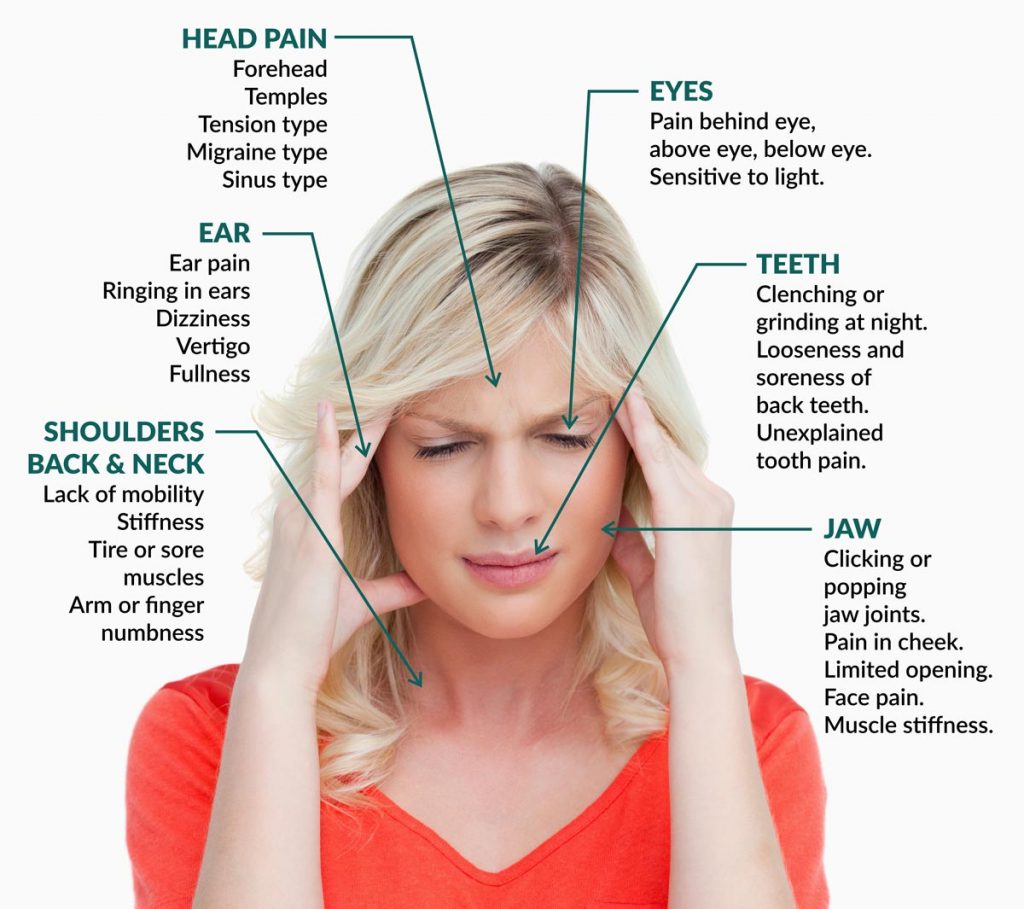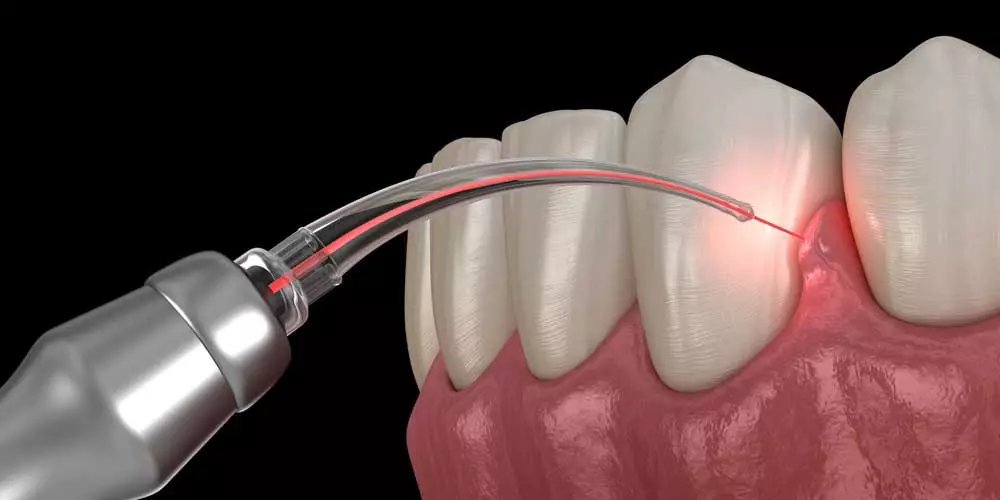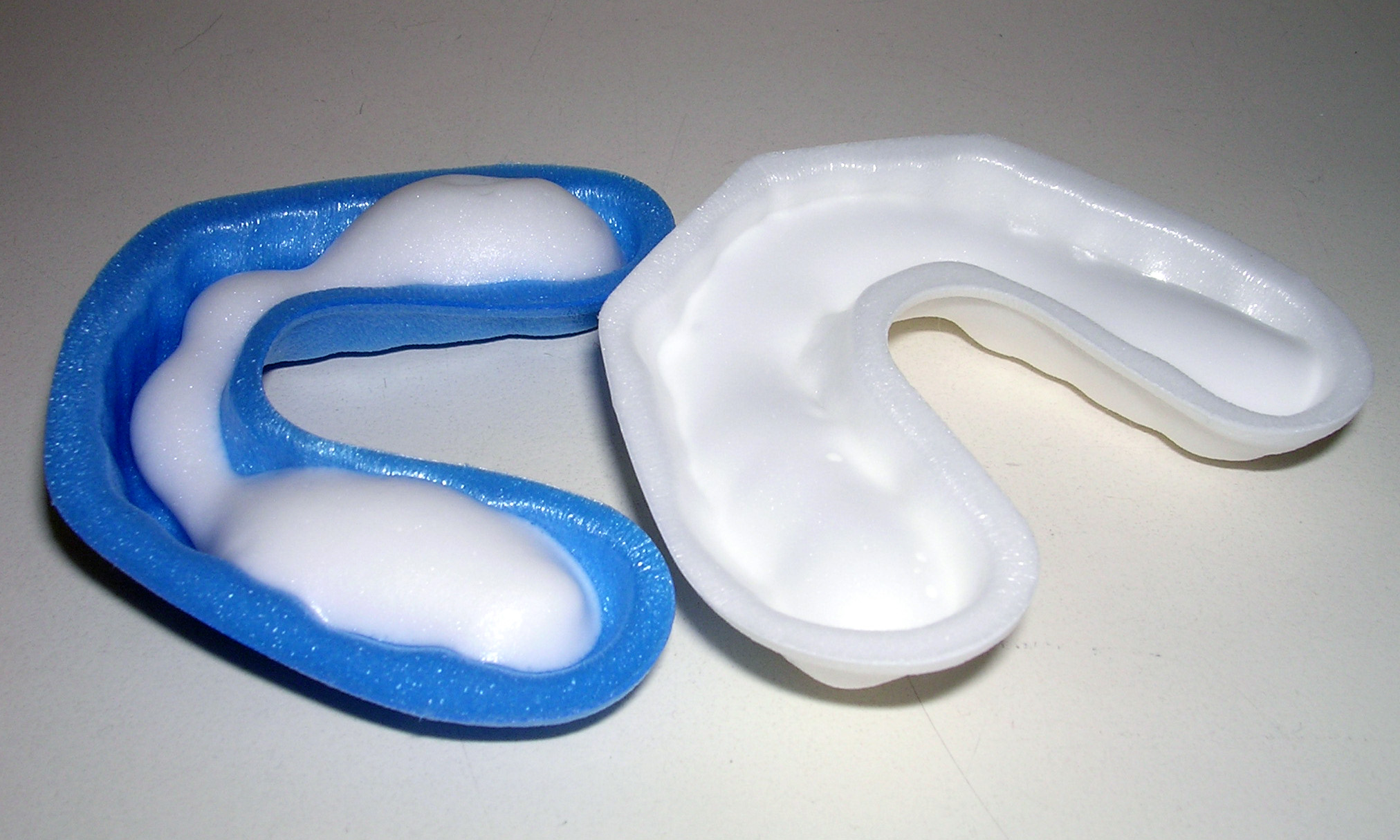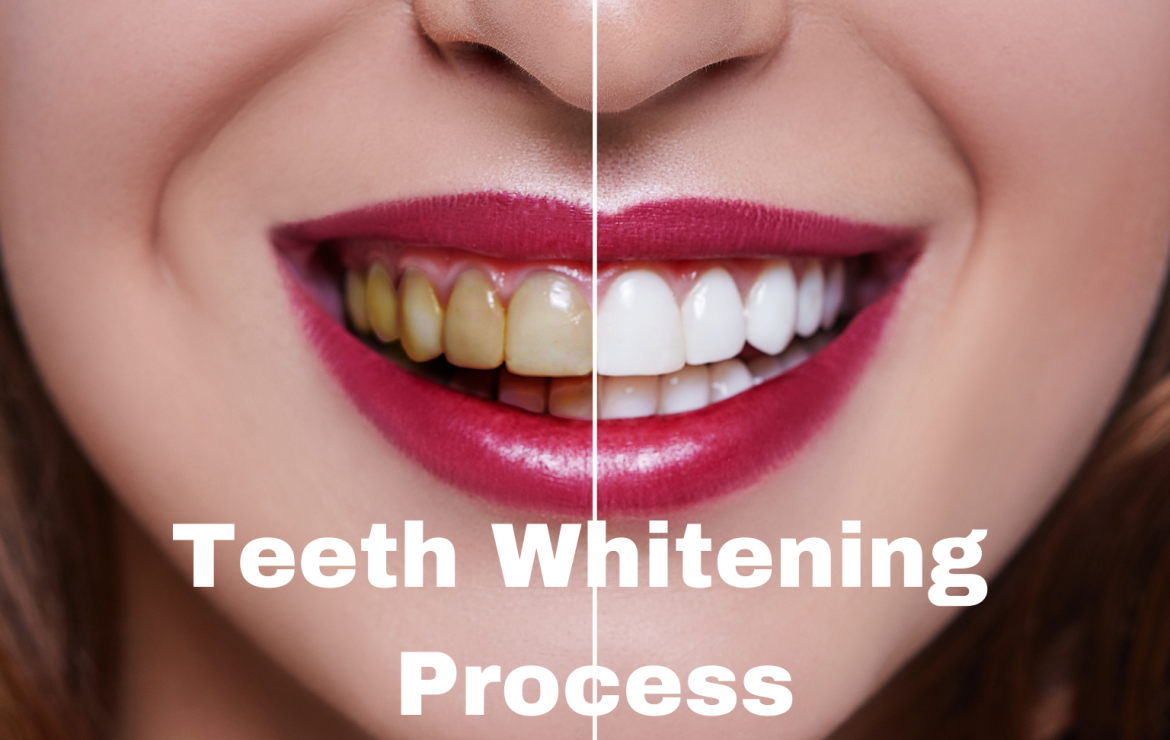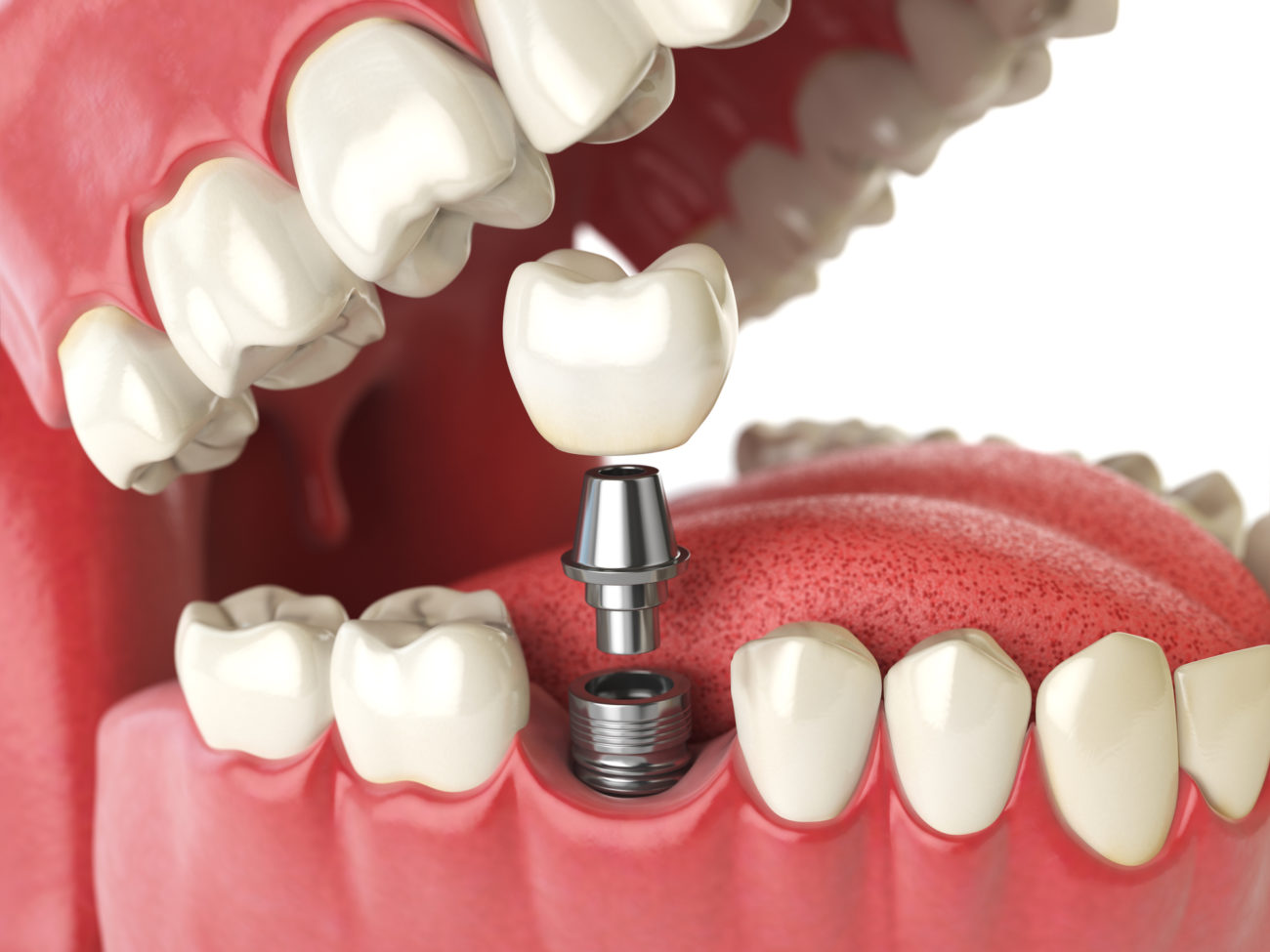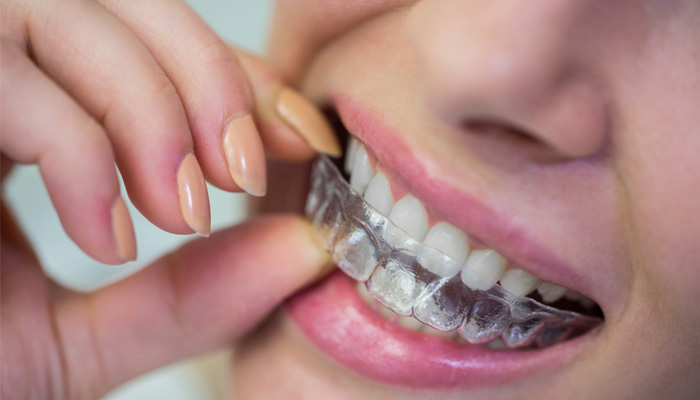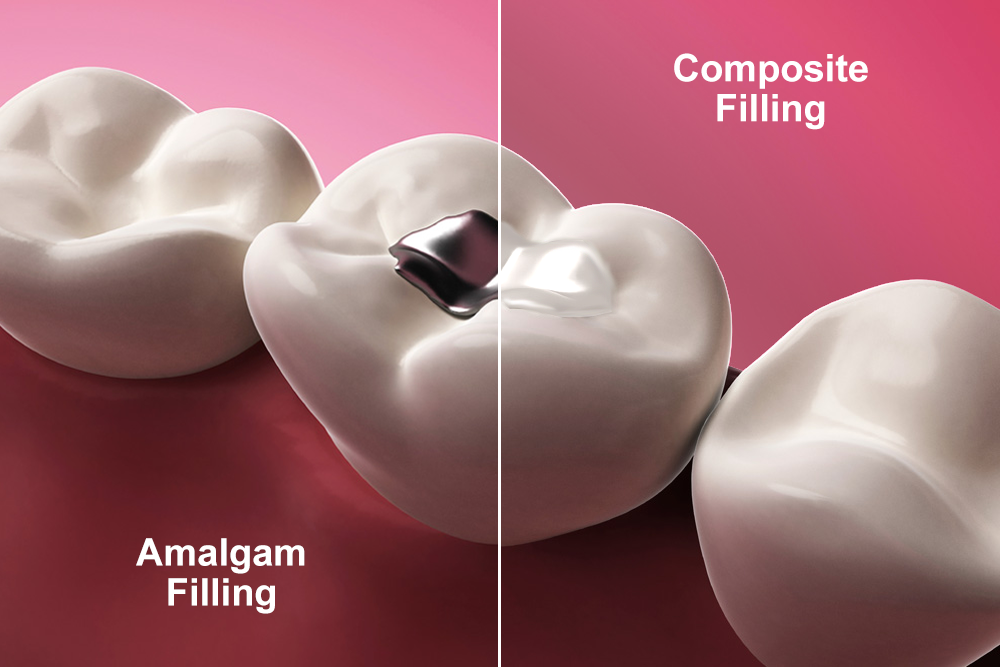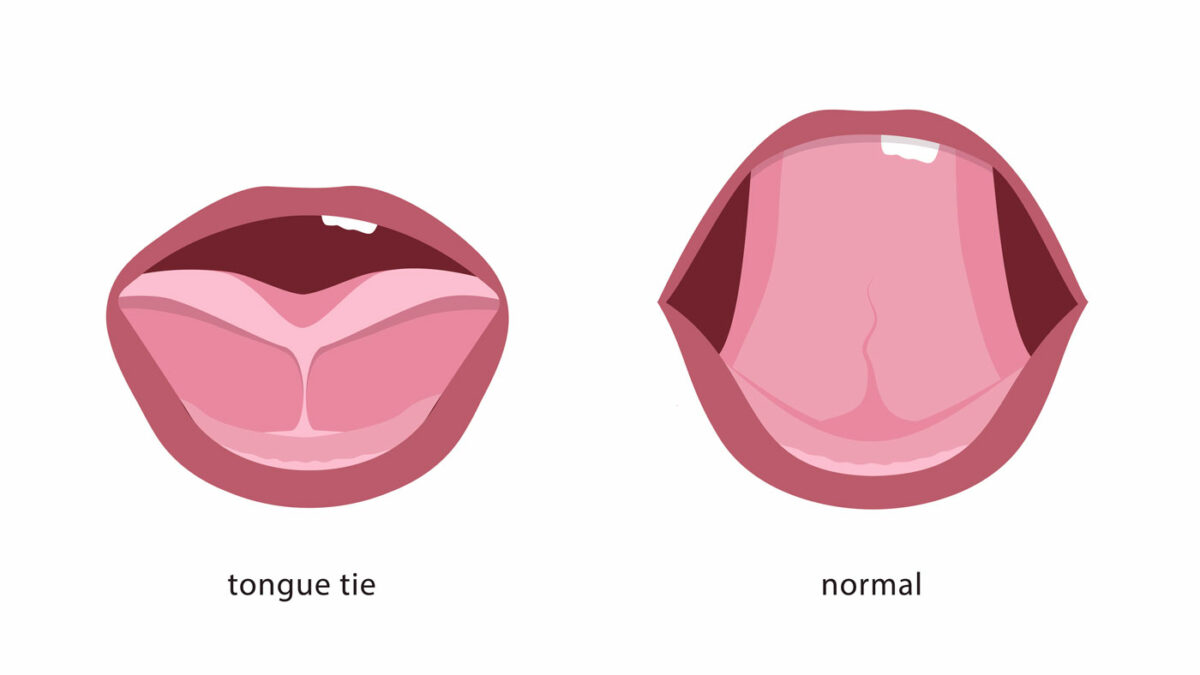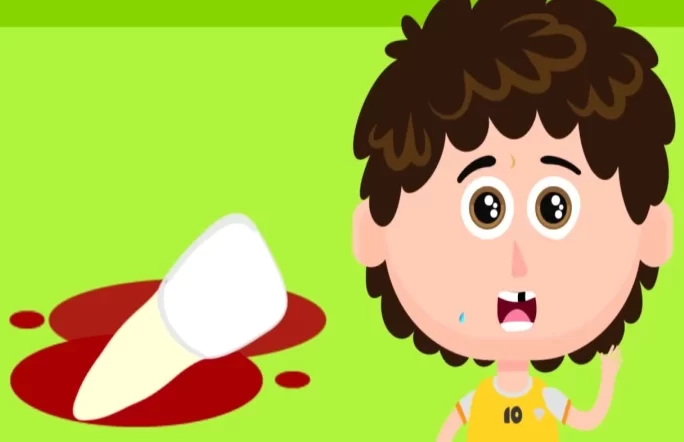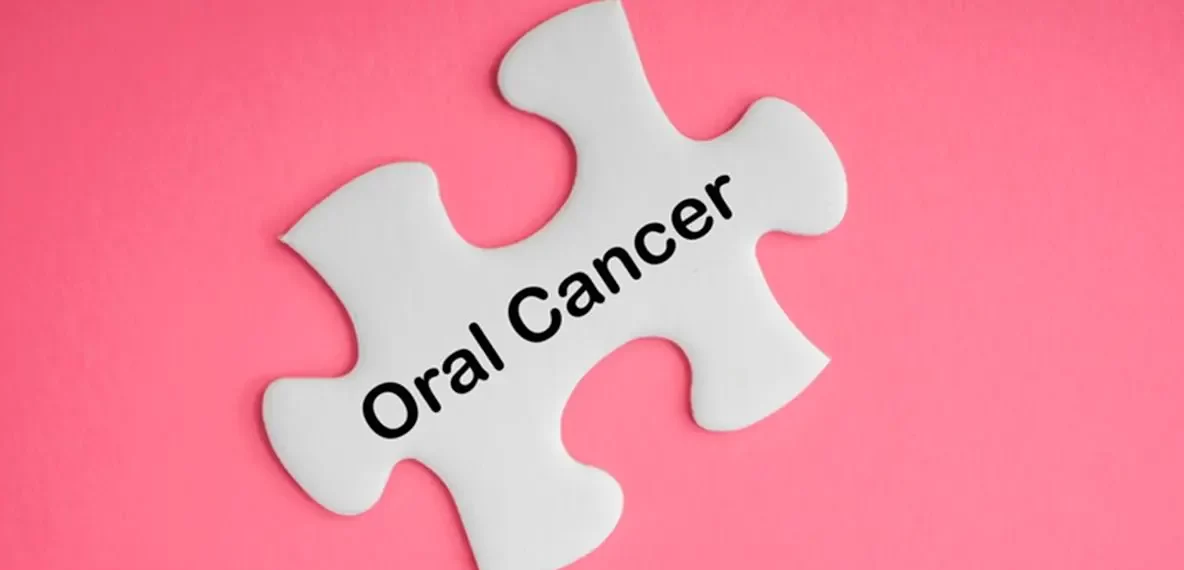Orofacial pain is a complex and diverse category of discomfort that affects millions of individuals worldwide. In this article, we will delve into the different types of orofacial pain, their causes, and innovative treatment approaches that have proven successful in my practice.
Types of Orofacial Pains:
Dental Pain:
Toothaches resulting from dental decay, infections, or trauma. Treatment: Dental treatments such as fillings, root canals, or extractions, depending on the severity of the issue.
Temporomandibular Joint (TMJ) Pain:
Associated with TMJ disorders, often causing jaw discomfort and restricted movement. Treatment includes conservative approaches such as physical therapy, splints, and lifestyle modifications. In some cases, surgical intervention may be necessary.
Oral Mucosal Pain:
Pain originating from mouth tissues, like canker sores or ulcers. Treatment includes topical medications, oral rinses, along with addressing underlying causes like nutrient deficiencies.
Gingival Pain:
Pain in the gums, often linked to gum diseases. Treatment includes periodontal treatments, such as scaling and root planing, antibiotics, and improved oral hygiene.
Oral Neuropathic Pain:
Nerve-related pain conditions such as trigeminal neuralgia.
Orofacial Muscular Pain:
Pain stemming from facial and jaw muscles, often due to tension or muscle disorders.
Orofacial Trauma Pain:
Resulting from injuries to the face, teeth, or jaw, such as fractures or dislocations.
Neck and Shoulder Pain Referral:
Sometimes, pain from these areas can radiate to the orofacial region, mimicking dental or jaw pain.
Neuropathic Tooth Pain:
Pain arising from nerve damage in the teeth, often described as shooting or electric-like pain. Treatment: Nerve pain medications, root canal therapy, or tooth extraction when necessary.
Psychogenic Orofacial Pain:
Pain that has psychological factors as a significant contributing factor, often associated with stress or anxiety. Treatment: Psychological counseling, stress management techniques, and sometimes medications.
Tension-Type Headaches:
These headaches can cause pain in the temples and forehead, often radiating to the jaw and face.
Cluster Headaches:
Severe, stabbing pain, typically around one eye but can involve the orofacial region.
Trigeminal Autonomic Cephalalgias (TACs):
A group of rare headache disorders affecting the trigeminal nerve, causing severe facial pain. Treatment: Targeted medications and lifestyle changes.
Atypical Facial Pain:
A chronic condition characterized by persistent facial pain without an obvious cause.
Orofacial Dystonia:
Involuntary muscle contractions in the face and mouth leading to pain and abnormal movements.
Post-Surgical Orofacial Pain:
Pain experienced after oral or facial surgery, such as wisdom tooth extraction or jaw surgery. Treatment consists of post-operative pain management by the use of medications and follow-up care.
Neck and Orofacial Myalgia:
Muscle pain that can radiate from the neck to the face and jaw area. Treatment includes Physical therapy, muscle relaxants, coupled with stress reduction techniques.
Neuropathic Orofacial Pain Syndrome:
A chronic pain condition resulting from damage or dysfunction of the nervous system in the orofacial area. Treatment: Medications for neuropathic pain, nerve blocks, and physical therapy.
Psychosomatic Orofacial Pain:
Pain that has psychological or emotional origin, often associated with somatic symptom disorders. Treatment includes psychological counseling, cognitive-behavioral therapy, and stress management techniques.
Reflex Sympathetic Dystrophy (Complex Regional Pain Syndrome):
A rare condition characterized by severe, chronic pain that can affect the face and mouth. Treatment consists of multidisciplinary pain management, physical therapy, and medications.
Oral Pain due to Systemic Conditions:
Some systemic diseases like diabetes or autoimmune disorders can lead to oral and facial pain. Treatment includes managing the underlying systemic condition and addressing oral symptoms as needed.
Drug-Induced Orofacial Pain:
Certain medications or substance abuse can lead to oral and facial pain as a side effect. Treatment includes adjusting medications or addressing substance abuse issues, as required.
Innovative Treatment Approaches:
Laser Therapy:
Low-level laser therapy (LLLT) can be effective in reducing pain and inflammation in various orofacial conditions.
Regenerative Medicine:
Nerve growth factors and platelet-rich plasma (PRP) injections are emerging as potential treatments for orofacial pain by promoting tissue healing and reducing inflammation.
Acupuncture and Acupressure:
These traditional Chinese medicine techniques involve the insertion of fine needles or applying pressure to specific points on the body to relieve pain, including orofacial pain.
Cognitive-Behavioral Therapy (CBT):
CBT can be beneficial for patients with psychogenic orofacial pain by helping them manage pain perception, reduce anxiety, and improve coping strategies.
Nutritional Therapy:
Addressing nutrient deficiencies or sensitivities that may contribute to oral or facial pain, such as vitamin deficiencies or food allergies.
Biofeedback:
This technique helps patients gain control over physiological functions and can be used to manage muscle tension and stress-related orofacial pain.
Opioid-Sparing Pain Management:
Minimizing the use of opioids for pain control and instead utilizing non-opioid medications, nerve blocks, or alternative pain relief methods to mitigate the risk of addiction.
Multidisciplinary Pain Clinics:
Referring patients to specialized pain clinics that offer a comprehensive approach to orofacial pain management, including input from pain specialists, physical therapists, and psychologists.
Virtual Reality (VR) Therapy:
VR can distract patients from pain sensations and improve their overall pain experience during treatments and procedures.
Patient Education:
Providing patients with comprehensive information about their condition, treatment options, and self-care strategies to empower them in managing their orofacial pain.
Oral Appliances and Splints:
Custom-designed oral appliances or splints can help manage TMJ disorders and bruxism (teeth grinding) by adjusting the bite and reducing muscle tension.
Ultrasound-Guided Nerve Blocks:
Precise targeting of nerves responsible for orofacial pain using ultrasound technology for more effective pain relief.
Transcranial Magnetic Stimulation (TMS):
TMS has shown potential in reducing chronic pain, including certain orofacial pain conditions, by modulating brain activity.
Intraoral Devices for Neuropathic Pain:
Emerging technologies like intraoral devices that deliver neuromodulation therapy can offer relief for patients with neuropathic orofacial pain.
Bioelectronic Medicine:
Advancements in bioelectronic devices that can stimulate nerves or modulate pain signals in the orofacial region.
In conclusion, it’s important to note that the choice of treatment depends on the specific diagnosis and needs of each patient. Therefore, a personalized approach to orofacial pain management, considering the underlying causes and individual factors, is crucial for achieving successful outcomes.

